
by Sekhar Bonagiri | Jul 21, 2022
Debulking cytoreductive surgery is a common ovarian cancer treatment procedure that helps to remove as much cancerous tissue in the patient’s abdomen as possible while leaving no tumour nodules larger than 1 centimetre in diameter behind. This procedure is...
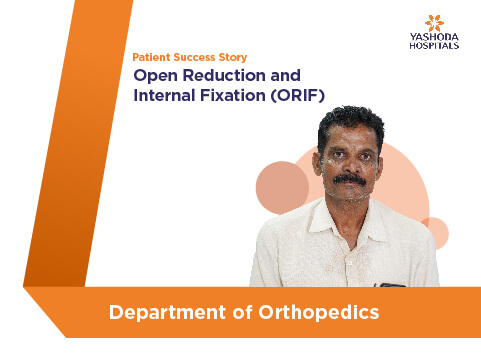
by Sekhar Bonagiri | Jul 21, 2022
An open reduction and internal fixation (ORIF) is a surgical procedure that repositions broken bone fragments. To hold the broken parts together, a plate with screws, a pin, or a rod that goes through the bone will be attached to the bone. Bandages will be used to...
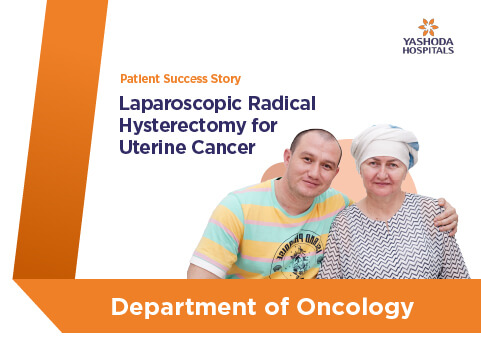
by Sekhar Bonagiri | Jul 21, 2022
Uterine cancer is a type of cancer that begins in the cells of the uterus. It is a common gynecologic cancer that primarily affects women who have gone through menopause. The most common symptom of uterine cancer is abnormal vaginal bleeding. Laparoscopic radical...
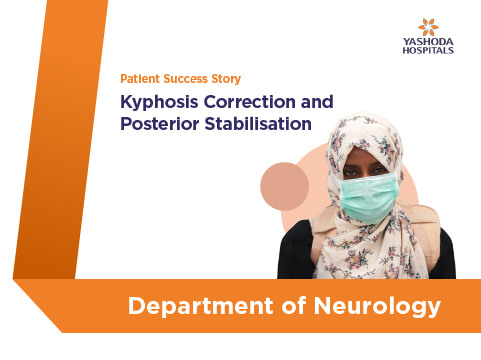
by Sekhar Bonagiri | Jul 21, 2022
Kyphosis surgery is a posterior spinal fusion with instrumentation in which the surgeon uses metal rods and screws to hold the spinal bones in place. Compression fractures are typically treated non-surgically. The surgery itself takes four to five hours, with a three...
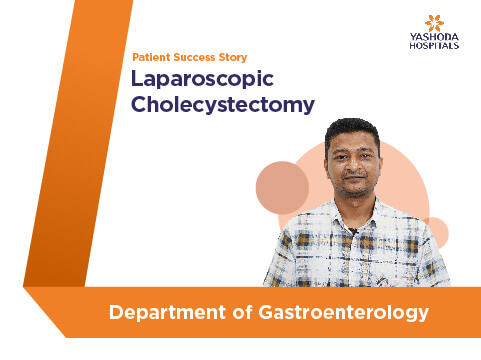
by Sekhar Bonagiri | Jul 21, 2022
Laparoscopic cholecystectomy is a minimally invasive surgery that removes a diseased gallbladder. A few small incisions are made on the right side of the abdomen, with one of them used to insert a laparoscope, a thin tube with a camera on the end. The gallbladder is...









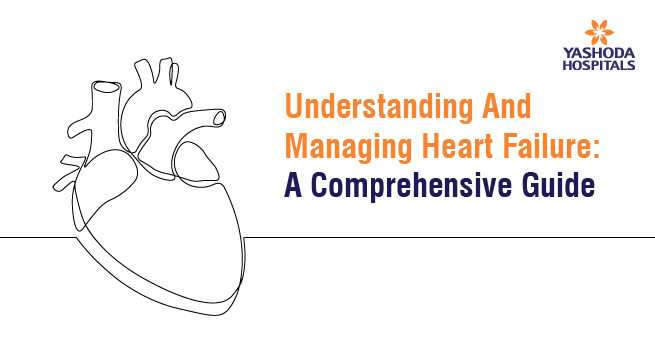

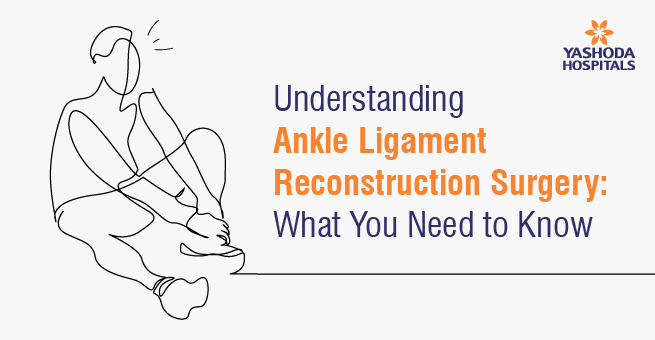


 Appointment
Appointment Second Opinion
Second Opinion WhatsApp
WhatsApp Call
Call More
More





